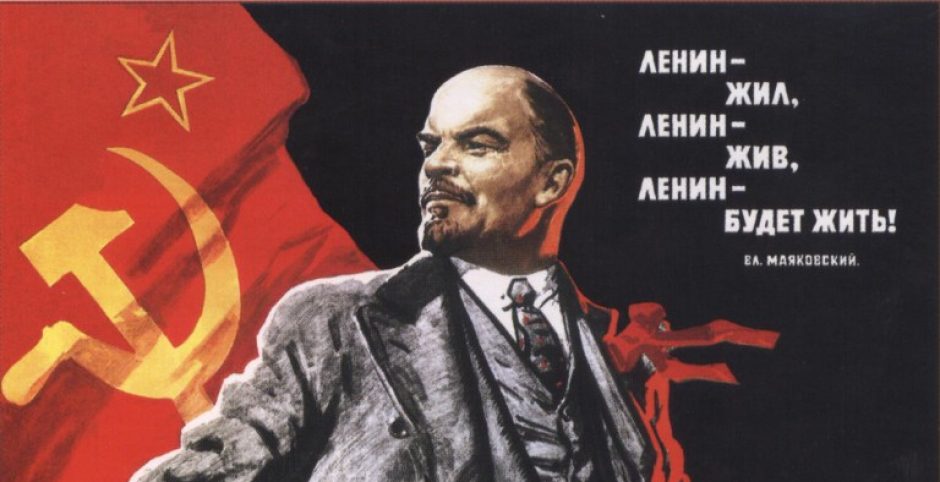It seems that, through many of Peter’s revolutionary exploits, there was often an existing, Russian precedent for the changes that Peter was making. For instance, when looking at the introduction of modern European motifs in architecture, Cracraft states, “Certain minor precedents for the civil architecture of St. Petersburg could be found in Russia, to be sure, notably the churches and mansions built in and around Moscow in Peter’s early years, or even before his time, in a hybrid ‘Moscow Baroque’ style.” (Cracraft, pg. 82). Although these structure in the “Moscow Baroque” were baroque only in the sense of some ornamentation, they go to show that the world Peter grew up in wasn’t completely opposed towards European ideas.
Examples of similar precedents are the Foreigner’s Quarter in Moscow or the Dutch ships that Peter’s Father, Tsar Aleksei, had obtained. Another good example is the direction that icon painting was taking prior to Peter’s reign. Elements of portraiture that originated in Europe were begin to show within the confines of the rules of icon painting. All of these may be attributed to what Hughes calls “a belated Russian Renaissance.” (Hughes, pg. 51). My question is: To what extent can Peter be considered a revolutionary? Was the genesis of his ideas revolutionary in relation to prior cultural changes? Was Peter the right man in the right time and place?

I think that Peter can be considered a strong revolutionary presence mainly because the impetus of the Westernizing tendencies he introduced did not seem to be natural. While Westernizing influence had developed beforehand in the foreigner’s quarter, the resistance of native Russians to Western elements was considerable. One of the earliest foreign adaptations (ca. 1550) was the printing press, and Cracraft notes that “this initial effort to found both printing presses and the necessary paper mills in Muscovy soon collapsed for lack of adequate official support, enough literate consumers, even among the clergy, and widespread hostility to what was perceived as the devilish invention of foreigners.” (Cracraft 97). Intellectual life was dominated literally and figuratively by the Orthodox church, which ran the single printing press in the Moscow. However, without a broad current of dissatisfaction with the Church and the intellectual tools and traditions to reexamine and reform literary life, there was no pressing historical impulse towards Westernization. Linguistic and literary reform required immense work on behalf of Peter, and most importantly, the demand for these reforms had to be created in the establishment of a literate bureaucracy and the Academy of Sciences.
I also think that the examples of resistance to Petrine reform that we have learned about (such as Muscovite resistance to Western court dress, the new calendar, and the civil duties and service imposed on them) demonstrate that reform was not widely wanted, and therefore Peter was rather forcing or accelerating a historical trend. While certainly revolutionary artistic, cultural, social, and intellectual trends were trickling into Russia, Peter opened the floodgates and forced the west into noble life. Through performative displays of Westernization (in architecture, city planning, dress, speech, and writing, all of which were, at least among the nobility, widely noticed and emulated), Peter himself revolutionarily shaped the mindset and character of Russia itself, to the point where Russians and Europeans saw themselves as belonging to a shared cultural sphere.